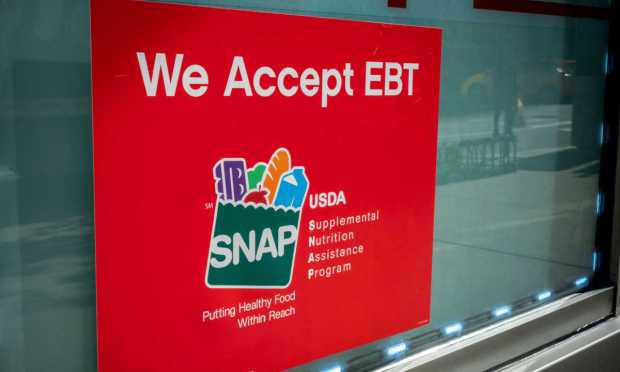USDA Grant Aims to Boost Low-Income Online Grocery Shopping

As grocers seek to extend eCommerce options across income brackets, the USDA is getting involved.
On Thursday (Jan. 5), the National Grocers Association (NGA) Foundation, which supports independent grocers, announced that it has received $5 million from the United States Department of Agriculture (USDA) to assist with and accelerate the integration of Supplemental Nutrition Assistance Program (SNAP) Electronic Benefits Transfer (EBT) payment capabilities across digital platforms.
“Independent community grocers have been actively pursuing expansion of their online purchasing platforms, including online SNAP and mobile payment capabilities, to meet the ever-growing consumer demand for online shopping, but obstacles and a lack of resources have hindered the ability of many smaller retailers to pursue innovative solution,” NGA Foundation Director Chelsea Matzen said in statement, adding that the grant will enable independents to be “more competitive in their respective market areas.”
Online grocery adoption has grown dramatically since early 2020, but it remains largely the purview of higher-income consumers. Moves such as this can enable grocers to extend their online audience — and in turn extend their data-gathering and digital marketing capabilities — to more kinds of shoppers.
Research from the November/December edition of PYMNTS’ monthly ConnectedEconomy™ study, the “ConnectedEconomy™ Monthly Report: The Gender Divide Edition,” which draws from a survey of more than 2,600 U.S. consumers in October, finds that higher-income consumers are dramatically more likely than lower-income to order groceries online.
Fifty-eight percent of men and 43% of women with annual incomes exceeding $100,000 reported ordering groceries online for home delivery. In contrast, only 28% of men and 26% of women whose incomes were lower than $50,000 said the same. Similarly, 55% of men and 35% of women with high incomes reported using same-day delivery aggregators such as Instacart to purchase groceries, while only 27% of men and 20% of women with low incomes said the same.
Yet there is demand for the technology, should it become more accessible to lower-income consumers, as Ofek Lavian, CEO of third-party payment processor (TPP) Forage, which creates USDA-approved solutions for digital SNAP EBT payments, explained in an interview with PYMNTS’ Karen Webster in August.
He noted that there is an audience for the technology, given that many SNAP EBT participants live in areas where the nearest stores do not offer healthy foods and that they are disproportionately likely to have disabilities, making delivery and other more convenient grocery options all the more necessary.
“What we realize is that there’s actually really strong product market fit [with online grocery], particularly for this demographic,” Lavian said. “Every hour they’re out grocery shopping might be an hour they’re not providing for their families.”
Both the NGA and the USDA have been working on driving digital SNAP capabilities for some time now. Back in September, the former announced a commitment, as part of the White House Conference on Hunger, Nutrition, and Health, to double the number of grocers accepting SNAP digitally over the next two years. The latter shared, around the same time, that it was expanding SNAP online payment options to 150 new grocery chains, totaling “thousands” of stores.
Major grocers and marketplaces have been doing the same. Throughout last year, grocery tech giant Instacart expanded its SNAP EBT acceptance capabilities to new areas and announced plans to extend EBT SNAP access to all Instacart grocery partners by 2030.
Plus, Amazon has been aiming to drive use of these benefits across its online grocery options, and world’s largest grocer Walmart is doing the same.
